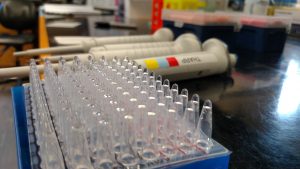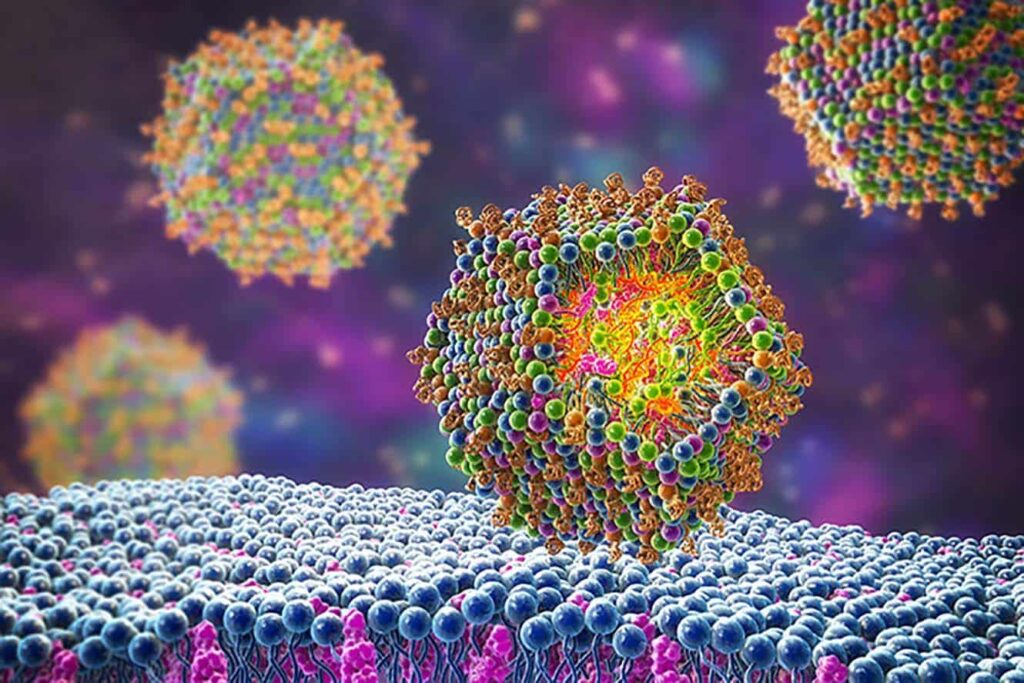Obesity related diseases affect billions of people worldwide. 42.5% of adults in the USA are obese and obesity related diseases such as diabetes, cardiovascular disease and certain cancers pose a costly challenge to the American and World healthcare systems. Metabolic disorder treatments that are safe and effective have the potential to transform healthcare and are urgently needed. In recent years targeting brown and beige fat has
garnered much excitement as a potential obesity and diabetes therapeutic. This is because brown and beige fat selectively express the mitochondrial protein UCP1, which induces non-shivering thermogenesis. Treating obesity by converting white fat (WAT) into beige fat (BEAT) has the potential to generate a safe and effective treatment for obesity that is widely adopted by patients.
Matrix Assisted Transplantation of Functional Beige Adipose Tissue

To this end, a tissue engineering approach was first utilized in our lab via the Beige Adipose Tissue Matrix Assisted Cellular Implant (BAT-MACT), wherein subcutaneous implantation of adipose-derived mesenchymal stem cells (ADMSCs) within optimized hydrogels resulted in the establishment of distinct UCP1-expressing implants that successfully attracted host vasculature and persisted for several weeks. Importantly, implant recipients demonstrated elevated core body temperature during cold challenges, enhanced respiration rates, improved glucose homeostasis, and reduced weight gain, demonstrating the therapeutic merit of this highly translatable approach.
Browning-Lipid Nanoparticles (B-LNPs)

In collaboration with the Murthy lab, this project aims to build on the previous BAT- MACT strategy by utilizing a technology that is already FDA approved and more readily applicable, lipid nanoparticle (LNP) based therapeutics. We aim to utilize LNPs carrying mRNA or siRNA cargo that can induce the trans-differentiation of white to beige fat in subcutaneous adipose tissue depots. We have termed this technology as “browning”- LNPs (B-LNPs). Preliminary experiments already show great promise including UCP1 expression upregulation in subcutaneous WAT depots and weight loss in an obese mouse model.
